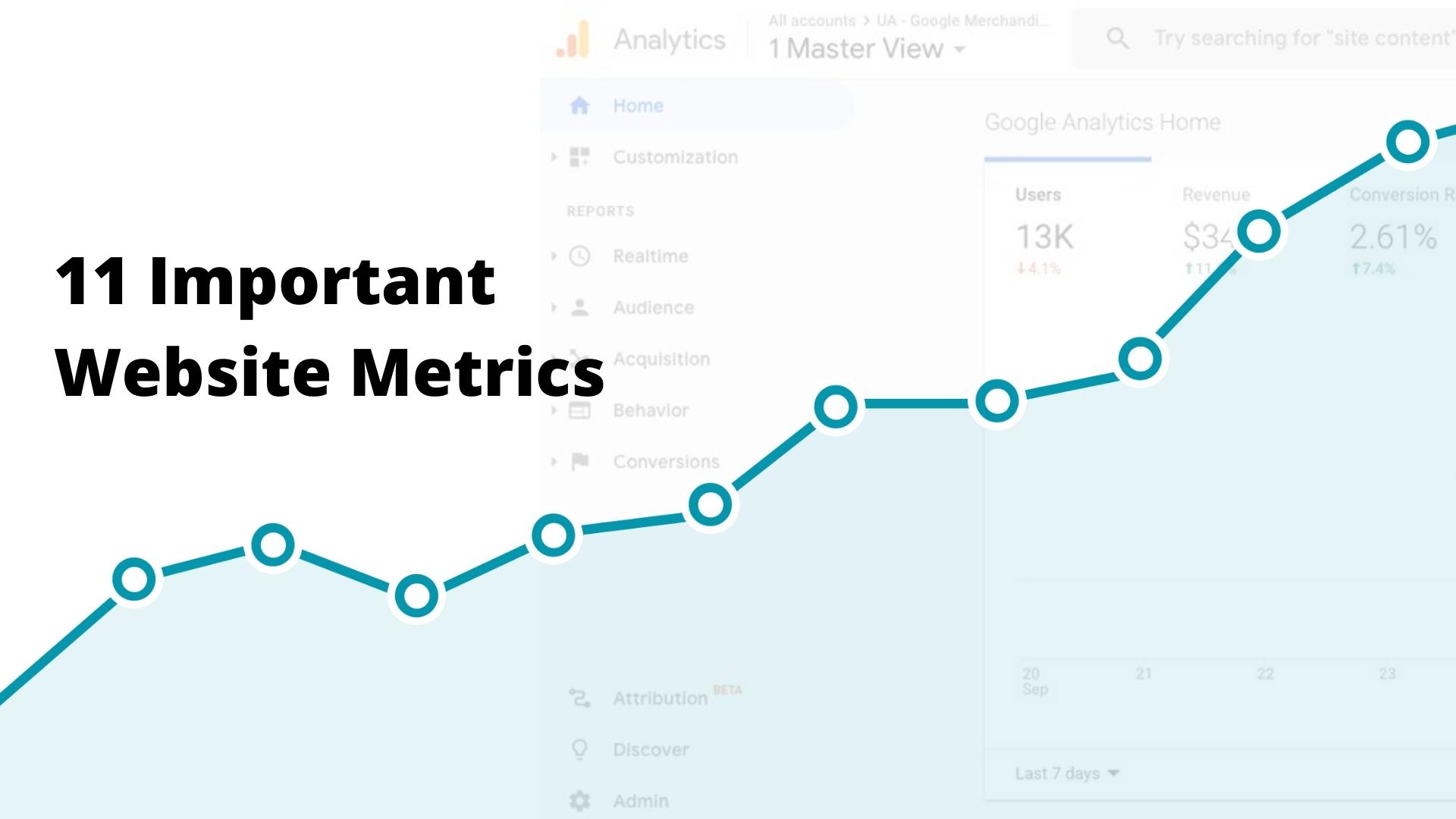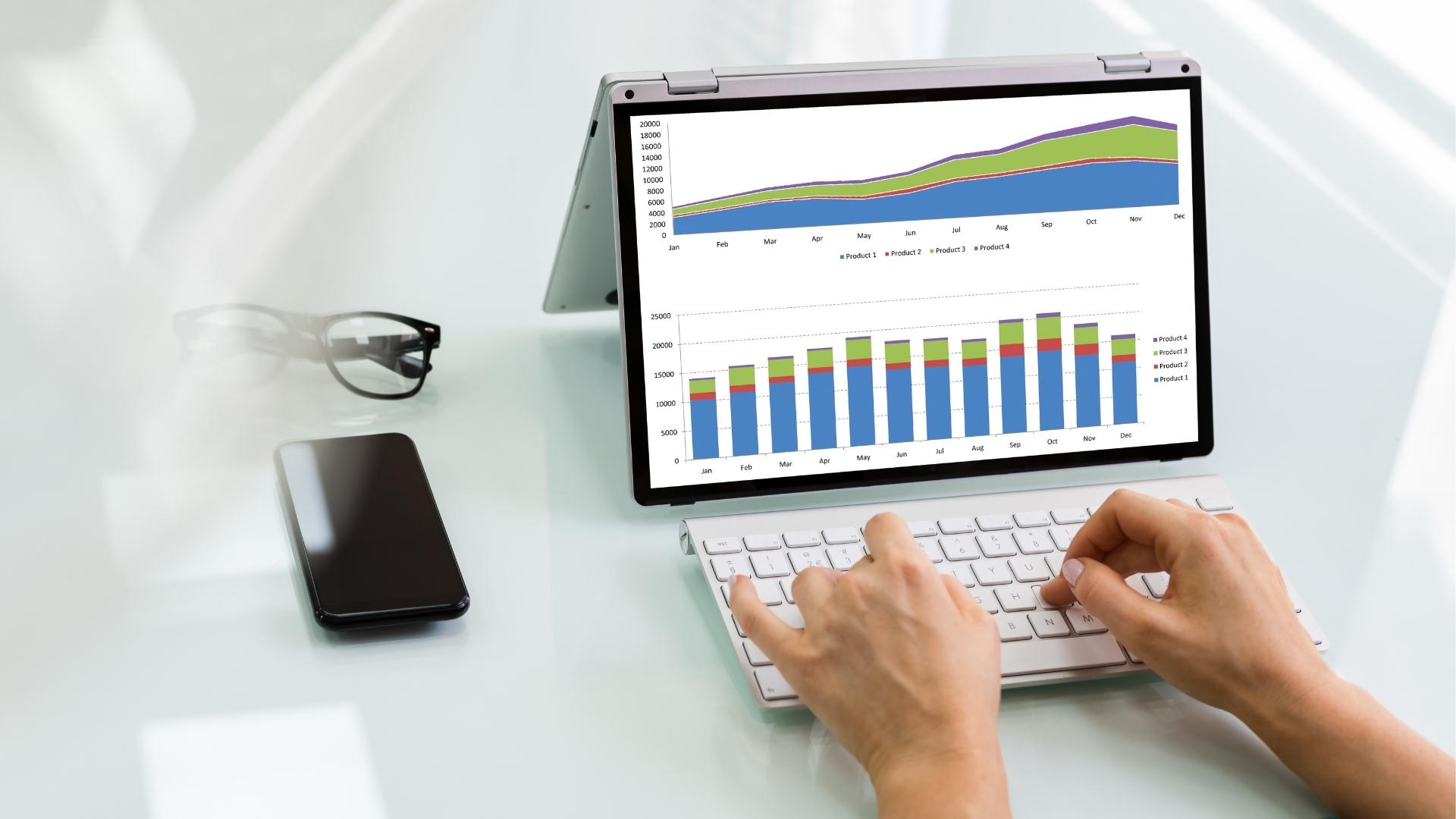Keeping Track on Your eCommerce Success (KPIs and Metrics)
Website metrics and KPI’s come hand in hand with scaling your business online. See which metrics you need to track in order to grow your website.

Why You Need to Keep Track of Your eCommerce Website Data?
As an ecommerce site owner, your success will depend on your ability to understand how well your site is performing, where it is underperforming, and what should be done to improve it. You can only know these things by keeping track of all your website data, by using site analytics. Tracking your site data can reveal the critical info about your site and its traffic, and help you make data-based decisions.
Want to know what content is working for your users and what content makes them bounce? Track the data. Need to know if there’s been a sudden change that has caused a drop in traffic? Or if a social media post with your products went viral and you want to know if that is the reason of the recent spike in sales? Again, track your site data.
As an ecommerce site owner, you have a wealth of data at your fingertips from all the analytics available. But to prioritize your time and efforts on your business, it’s important to have a thorough grasp of the metrics that matter most to your site. In this article we will cover the most important key metrics to pay attention to. These are the ones that will most impact your ecommerce business growth.
What Metrics Are Important to Scale My eCommerce Business?
There are several standard important metrics that reveal insights about your ecommerce site, but even among these, there may be some that are more important for your particular type of business than others. Some questions to ask to see which metrics matter most to you are:
- If this metric changed, how much would it affect my business?
- If I improved this metric, would it help me meet a business goal?
- When this metric changes, how much does it affect the bottom line?
What is the Meaning of eCommerce Metrics and KPIs
So what’s meant by eCommerce Metrics? Metrics are simply measurements of how your site is performing and what works and what doesn’t. Metrics cover things like site visitor count, average order value, and customer acquisition cost (CAC).
And KPIs are definitely a hot term that everyone seems to be paying attention to. There’s a good reason. KPIs, or key performance indicators, are metrics that you chose because they reveal the status of an aspect of your business and its performance that is important to you. There are many metrics to measure, but not all of them will be a key indicator of how your business is performing. Only those metrics that affect the bottom line are your KPIs.

11 Magic Metrics That are Important to Site Growth
Traffic Source is a basic metric you have to know. Are visitors finding your website by organic search? That would indicate your SEO is performing well. Are users being referred from other sites that have linked to you? Then you probably have a great link building strategy. Traffic source is so important so you know what to do to draw more site visitors.
Conversion rate is another metric to be laser focused on. This rate is the number of conversions divided by the number of visitors to your site. A good conversion rate can be from 2-5%, but the average for ecommerce sites is 2.6%. The rate depends on your business niche. If your rate is lower than the average for your niche, you need to look closely at your site to address why.
Bounce Rate is the percentage of site visitors who come to your site by only viewing one page and then leave. If your site doesn’t keep users, and users don’t take action, then you have a high bounce rate – and a serious problem with your websites user experience.
Customer Lifetime Value (LTV) measures the average value of a customer, until they “churn” or stop being a customer. This helps you know what you should spend to acquire a customer, based on what revenue you expect them to generate throughout the entire relationship.
Abandoned Cart Rate is the number of customers who fill a cart divided by those who don't complete the checkout. Studies say about 70% of online shopping carts are abandoned– that’s a lot of missed revenue. If you have high abandoned cart rates, it’s worth researching what’s causing this.
Abandoned Checkout Rate So the user loads up the cart, and starts filling out the shipping address, and it looks like they’re going to finish the purchase…but then they suddenly leave. You have a case of abandoned checkout. The abandoned checkout rate is the percentage of customers who start the checkout process but don’t complete it. This rate could tell you there may be a glitch in the checkout process, so look closer at your user experience here.
Click through Rate (CTR) measures how many times users click on your ad, a direct email, or any click action on your site. The CTR average varies by business type, but the average is about 1.9%. If your rate is well below this, it’s time to make changes to the way you reach customers.
Acquisition Cost is the total sales and marketing spend it takes to gain a new customer. This is a critical measurement because it reveals the resources your business will need to get customers. This metric lets you know what will cost your business to really scale, so it’s one of the top metrics to keep an eye on.
Average Order Value, or AOV is the total order revenue divided by the number of orders. AOV is actually a great KPI to track because it affects your ecommerce bottom line.
Organic Acquisition Traffic can be the best kind of traffic, at least when it converts, because it’s free! Organic acquisition traffic is traffic that comes to your site from unpaid searches. This metric helps you know if your SEO content is working. High organic traffic means that your site is showing up in users searches, and seems relevant enough to click. Organic traffic is what everyone competes for, and this is why ranking on Google is so important. If your site can show up within the first 8.5 results on Google, which is what Google returns on page 1 of a mobile search, your site has a better chance of acquiring organic traffic. Hard to do– but something that need to be done for long term success.
Refund/Return Rate The refund/return rate is the percentage of all purchases that are returned. This rate is higher online – about 30% of online purchases are returned. If your return rate is high, it doesn’t necessarily mean your product isn’t working, but it is something to account for in revenue forecasting.

Metrics and KPIs Help you Scale Smarter
As you can see, metrics are critical to know, so you can have insight into your site traffic, referrals, your visitors and their behavior on your site. There are many metrics and KPIs to track, but if you look at these 11 metrics closely, you will be aware of some of the most important measurements. Put your resources, like marketing, SEO, link building and advertising, where they can make the most difference in the metric that matters most to your eCommerce business.